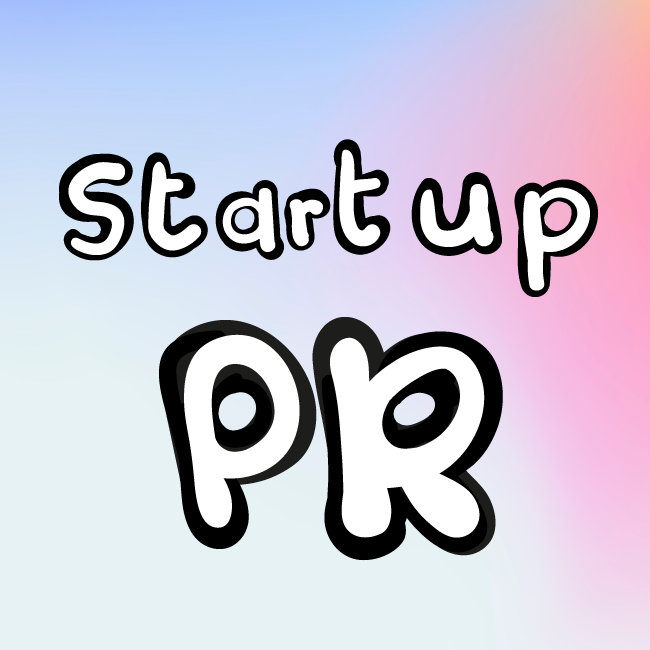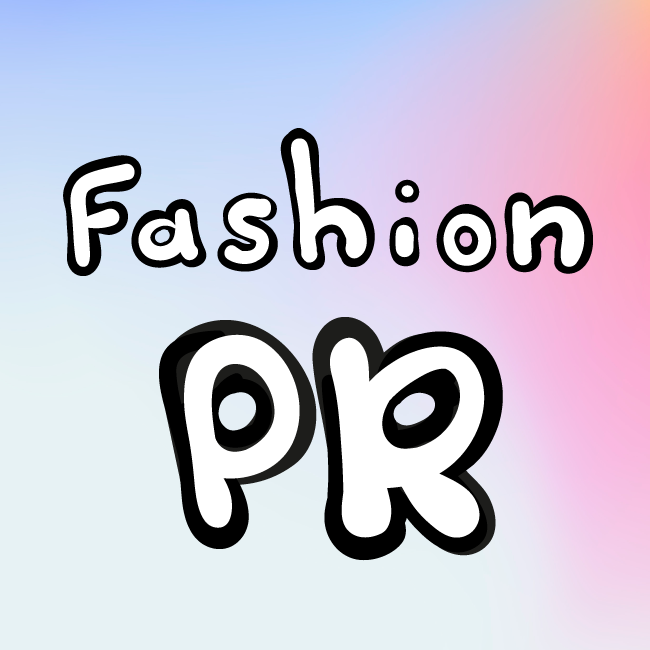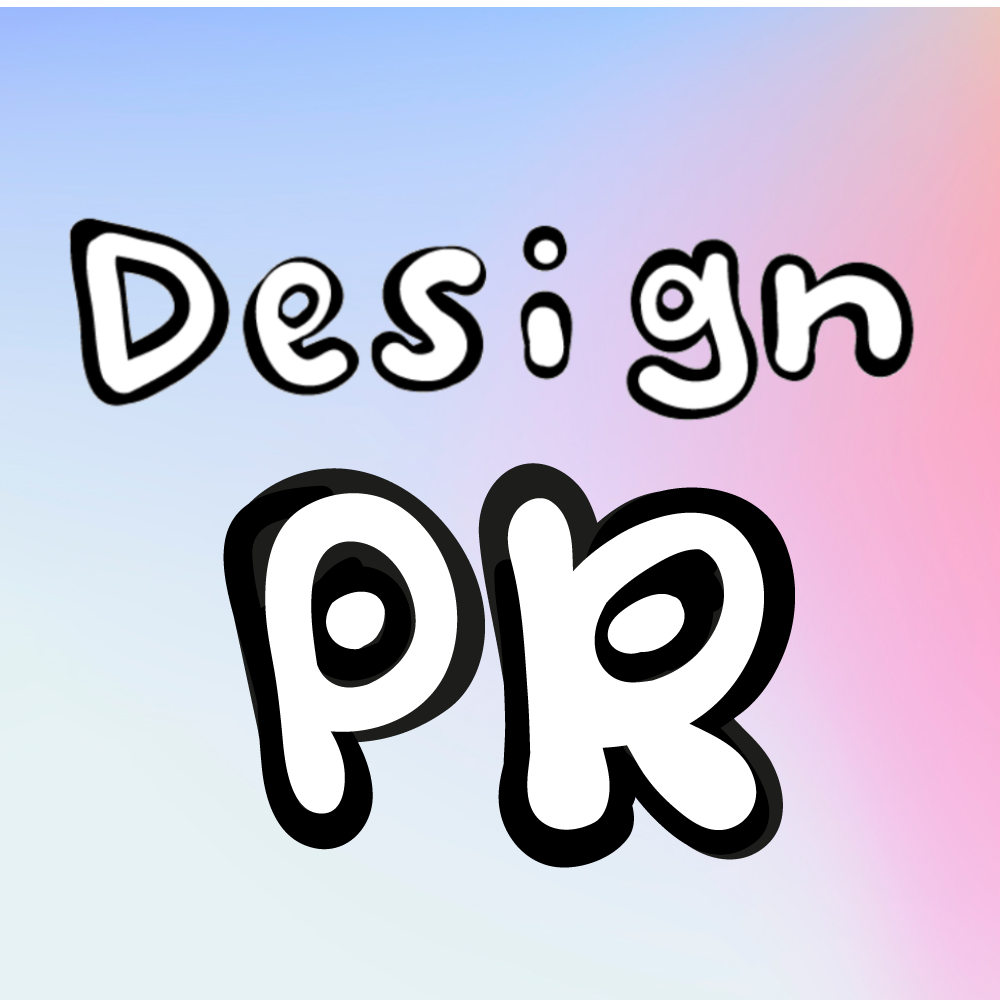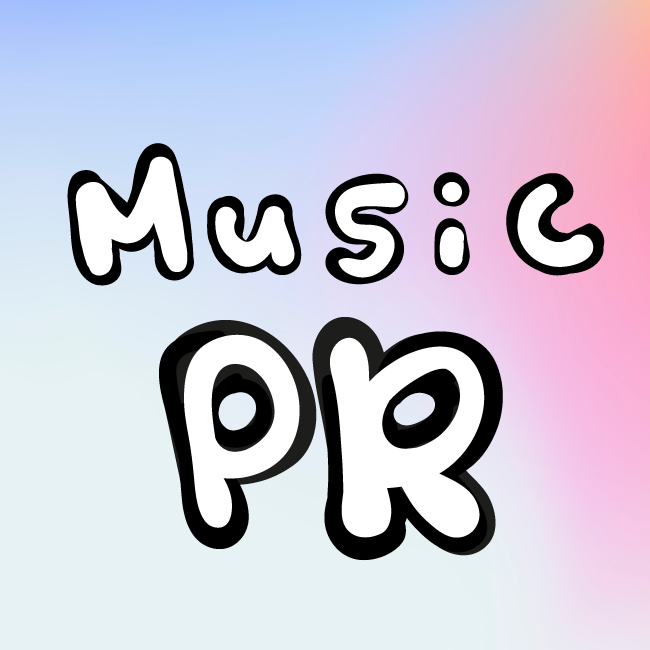PR ON THE GO • UPDATED October 30, 2025
Trend Predictions in PR for 2026
- PR ON THE GO Expert Panel
In 2025, there was a new demand for earned media, which is driving AI-Generative Engine Optimization (AI-GEO). Further predictions also revolve around AI, including press releases written in Q&A format to better serve AI algorithms and straightforward topics such as "How do I do X?" or "How much does X cost?" rather than features. Additionally, a renewed focus on physical marketing is expected to stand out in the AI-saturated internet landscape by offering IRL brand experiences.
We asked our PR and growth experts to provide their prediction for how the PR playbook will evolve in 2026 and which tactics will be in high demand.
Here are the experts' insights:
- Authentic and “imperfect” marketing materials
- Interactive pop-ups, creative partnerships, and events
- Being visible means being referenced by AI
- Expert creators to co-author data reports, Q&A briefs, and commentary
- Hand-written letters sent to journalists
- Press materials will be conversational, built around Q&A and “how do I” questions
- Machine-readable fact sourcing
- PR will be part of the actual buying experience
- 2026 will be about answering direct questions for machines
- “Human to niche” relationship building
- Storytelling backed by real experiences
- A resurgence of experiential marketing
Authentic and “imperfect” marketing materials
Emily Reynolds, Owner at R Public Relations
"First, written PR materials will be optimized for AI tools such as Chat GPT using long-tail keywords and full sentences designed to meet search queries. While short-tail keywords will remain important for traditional SEO platforms, PR professionals will need to evolve to use both short and long phrases in press releases, articles, social media, and beyond. Second, we may see a backlash to AI in the form of increased in–person events, authentic and “imperfect” marketing materials, and increased investment in community-building activities."
Interactive pop-ups, creative partnerships, and events
Dr Trenice Brinkley, Publicist at Two Queens Media
"In 2026, PR is becoming personal again. As AI fills up our feeds, people want genuine stories from real voices. Brands are moving away from generic press releases and focusing on storytelling that provides real answers. Q&A formats will be taking over because clear communication stands out when everyone is fighting for attention. If your message feels robotic, though, you risk losing the human connection that makes PR so effective.
Leading brands are combining technology with a personal approach. In-person marketing is returning, as people want to connect with brands beyond their screens. Interactive pop-ups, creative partnerships, and events help people feel involved. Earned media is also regaining importance, since authentic coverage builds trust in ways algorithms can't. The new PR strategy is straightforward: be clear, be creative, and stay human. That combination will set you apart in 2026."

Find our DIY growthhacking tips for technology entrepreneurs, e-commerce, SaaS, AI, gaming, and crypto startups here:
Growthhacking StartupBeing visible means being referenced by AI
Pilar Lewis, Public Relations Associate at Marketri
"In 2026, it’ll be more about credibility over content. We’re already seeing how AI tools pull answers from trusted media stories, not ads or brand blogs, so getting quoted or featured has never mattered more. Because we’re entering a time when being visible doesn’t mean showing up on Google, it means being referenced by AI, if you’re not earning media mentions or being cited in trusted outlets, you’re basically invisible in the new search landscape.
The goal won’t just be to get coverage, but to be seen as a reliable source both journalists and AI turn to. That means PR strategy will focus more on sharing useful insights, responding quickly when news breaks, and building consistent visibility across outlets. Earned media has never been more important in PR because it feeds what AI learns and repeat."
Expert creators to co-author data reports, Q&A briefs, and commentary
Leah Miller, Marketing Strategist at Versys Media
"In 2026, I think PR will lean heavily on extreme clarity and radical usefulness. The brand stories that cut through will be the ones built not just for journalists or readers, but for algorithms and buyers treating Google like a test kitchen. That means messaging will get tighter, more direct, and feel more like product-led content strategy than traditional storytelling.
We’re already seeing press kits built around FAQ-style content, with one of our SaaS clients switching their entire media page to a Q&A hub focused on bottom-funnel queries. Not just "Who are we" or "Why we exist," but "How long does onboarding take," "What integrations come standard" and “What’s the ROI in 12 months.” Their earned pickup doubled in three months because that structure proved easier for AI aggregators and human journalists to repurpose.
I’d also bet that IRL activations with a digital backbone will rise again. Physical scale doesn’t have to be massive to be effective. One retail fashion client mailed 746 influencers and press contacts a custom-stitched QR patch that led to a private digital product story. Not only did it generate coverage faster than emailing a glossy PDF, it sparked TikTok content we didn’t script. The analog surprise met digital direction , and it worked.
Finally, I'd say partnerships with expert creators will feel more aligned with PR than influencer marketing traditionally has. These people won’t just model or hype; they’ll co-author data reports, Q&A briefs, and commentary meant to sit beside editorial. Particularly in crowded B2B sectors like fintech or martech, legitimacy will stem from who brands are seen thinking with, not just who’s quoting them."

Find our DIY growthhacking tips for fashion designers, beauty brands, jewelery & accessoires brands, and fashion content creators here:
Growthhacking FashionHand-written letters sent to journalists
Deepak Shukla, Founder & CEO at Pearl Lemon PR
"The smartest brands won’t try to beat AI, they’ll make themselves too unpredictable to be automated. In 2026, the most valuable PR will be human moments that don’t scale. Think pop-up chaos, unscripted interviews, hand-written letters sent to journalists (yes, really). The algorithm can replicate information, not intuition. When everything’s optimised, the only thing left to stand out is being gloriously messy and real."
Press materials will be conversational, built around Q&A and “how do I” questions
Martin Lucas, CEO at Gap In The Matrix
"In 2026 the PR playbook will evolve around two powerful shifts that mirror what we are already seeing inside Gap in the Matrix: the rise of algorithmic clarity and the return of human proximity.
AI Generative Engine Optimization will become the new baseline for earned media. Press releases and brand statements will move from promotional language to answer-led structures that feed both algorithms and audiences. The format will be conversational, built around Q&A and “how do I” questions, where each response delivers direct value and data-backed proof. In our own testing across 400 campaigns, this clarity-led structure increased organic quote usage by 41% and time-on-page by 36%. The new earned media isn’t about being louder, it’s about being more useful.
But at the same time, the next big wave will be deeply human. We are living in an over-saturated attention economy. People are screen-tired, socially underfed, and craving connection again. In the past year, we’ve watched brands pivot toward what we call Return to Human Proximity; experiences that make people feel part of something real. After years of digital-first growth, it’s the brands that show up physically that are now outperforming. Stella McCartney’s regenerative-material exhibits, Glossier’s live co-creation labs, and Patagonia’s repair-and-share events have all proved that physical interaction can become its own form of earned media.
At Gap in the Matrix, our data shows this consistently. Audiences who experience a brand in person and then see that story retold through AI-optimized coverage are 4.7 times more likely to trust the message and engage long term. It’s not digital versus physical; it’s digital precision supported by human belonging.
In 2026, the brands that win will be the ones that balance both sides. They’ll use AI to make truth more accessible and real experiences to make meaning felt. Clarity will build credibility. Proximity will build love."

Find our DIY growthhacking tips for product designers, interior designers, architects, and home brands here:
Growthhacking DesignMachine-readable fact sourcing
Jason Vaught, Director of Content & Marketing at SmashBrand
"The Public Relations playbook of 2026 will merge with product data architecture. The PR function will be central to the brand’s verified digital authority. The objective will move from large impressions to Generative Engine Optimization (GEO). PR departments must now become fact-stewards, making certain every brand claim is programmed for machine ease of ingestion, validation and exposure by AI search systems. If you fail to become the trusted source of data, your brand will devolve into insignificance in the new zero-click answer landscape.
The great value tactics are all about maximizing machine credibility and human trust. The most important tactic is Machine-Readable Fact Sourcing. The press release will no longer be. It will be replaced with clearly structured Q&A data blocks that answer consumers concerns about ingredient efficacy or usage. The second great tactic is Micro-Experiential PR Integration. Because AI makes digital content look the same, the media current value of real world engagement with a product will rapidly increase. Coverage must be generated for small, high-fidelity real-world experiences which capture human reaction, providing the media, as well as consumers, with honest evidence upon which they may rely for the justification of trust for the brand."
PR will be part of the actual buying experience
Cyrus Partow, CEO at ShipTheDeal
"By 2026, PR won't be separate anymore. It needs to be part of the actual buying experience. People are tired of slick ads, so at ShipTheDeal, we put real customer interview clips right next to the cart. It works. People are more willing to buy. Don't treat PR as its own campaign. Think of it as the last step of the sales conversation, right before they pay."
2026 will be about answering direct questions for machines
Joe Davies, CEO at FATJOE
"Listen, running that SEO market taught me that PR in 2026 will be about answering direct questions for machines. Think how-to guides, price lists, simple Q&As. That content gets scraped and shown way more often. To actually win, you need to connect it to your e-commerce or CRM, otherwise you're just getting lost in the noise."

Find our DIY growthhacking tips for indie musicians, DJs, festival organizers, music tech, music producers, and venues here:
Growthhacking Music“Human to niche” relationship building
Ameer Draidy, SEO Expert at Circular Design
"Your observation about the regression to “IRL” experiences is spot on. After seven years in the field, I’ve seen the playbooks come and go, and the pendulum always swings back. And the more the internet becomes flooded with AI-generated noise, the more we yearn for real connections between humans.
What I predict for 2026 is this: The PR playbook will move from “brand to many” broadcasting to “human to niche” relationship building.
The most in-demand tactic won't be SEO-driven press releases, but what I call "Proof of Expertise."
For decades, our job was to tell a story and get it placed. Now, in a world where AI can invent a flawless story in seconds, our job is to prove our story and our experts are real.
I see this all over. On Reddit and Quora, the most upvoted "expert" answers aren't the ones with slick graphics; they're the ones that start with "I'm a 20-year [job title] and here’s a mistake I made…" That's a real person. That's trust.
Here are the tactics I believe will be in high demand for this new playbook:
Community Relationship Management: PR specialists will spend less time in Cision and more time as active, helpful members of niche Slack channels, Discords, and subreddits. Building real rapport with the moderators and power-users of a 5,000-person community will be more valuable than a hit-and-run placement in a 5-million-reader publication. The goal is to have the community's own leaders vouch for you.
Raw, Unpolished Expert Content: The new "media placement" for a CEO won't be a polished Q&A. It will be a 90-second, off-the-cuff video on LinkedIn or YouTube answering a tough question a real person asked in a forum. It’s unscripted, imperfect, and impossible for an AI to fake. It shows a real, thinking person behind the logo.
Published Proprietary ‘First-Party’ Data: AI engines are really just a remix of what’s already out there. And the very best option for garnering links is to become the source. PR teams will be instrumental in canvassing their own clients for polls, data analysis of internal data and publishing small but original reports. You can and should require that both journalists and AI models cite you as the source, which will boost credibility along with backlinks.
In graphic terms, 2026 will be full of noise and buzz but also about pulling real versus artificial. The best PR strategies are going to be grounded in demonstrable human expertise and rock-solid, “IRL” community relationships."
Storytelling backed by real experiences
Mimi Nguyen, Founder at Cafely
"In 2026, my prediction is that PR will revolve around storytelling that is backed by real experiences rather than purely AI-generated narratives. With AI dominating the media, consumers seek more authentic and real-time proofs. That is why transparency will become a huge factor for brands in gaining traction and growing their PR influence. They can focus on highlighting firsthand narratives from founders, behind-the-scenes looks at production and sourcing, and real-life events like pop-up collaborations.
For digital PR, I think that content written by AI-GEO would be the focus because it answers audience intent directly and provides actionable guides. For us at Cafely, we focused on founder-led Q&A content and practical brewing guides, and product explainers to build trust and answer customer search intent. We also do quizzes and reels on our Instagram account to educate our customers about our coffee strength and flavor. That interactive content gave us direct feedback that helps us improve our product messaging. In 2026, the brand that has genuine and compelling narratives that are mixed with data proof will surely own 2026’s media spotlight."
A resurgence of experiential marketing
Michael Joe Ramirez, Digital PR Specialist at Digital Silk
"I think that by 2026, we will be deep into the intersection of public relations and AI-generated content strategy. The traditional press is rapidly adapting to formats that are both for the audience, but also designed for machine readability, with a Q&A style to optimize ranking on generative search and conversational-type engines. This does not mean PR is becoming robotic; it just means we need to change how and what we communicate so that we are understood both by the machine and the audience.
We should also see a resurgence of experiential marketing. There’s too much digital content already, and by next year, people will most likely look for brands that promote through other means. Expect more campaigns to try in-person activations, pop-up experiences, or real-time storytelling for a change. For tactics that will be in high demand, it will probably include integrated campaigns that cross both the digital and physical worlds."
#PRontheGO
Subscribe to the PR ON THE GO newsletter.
Receive the latest media news in your inbox. Discover journalists and start pitching!